
Sydney offices in winter face a familiar problem: less daylight and more time indoors. This seasonal shift can lead to dim workspaces, stale air, and a drop in morale, particularly in office environments that already rely heavily on artificial lighting or solid walls.
Enter glass room partitions, a solution that has quietly transformed modern workspaces. More than just stylish dividers, these partitions allow natural light to filter through, open up cramped layouts, and offer a sense of flow that’s especially valuable during the colder, darker months.
When your office starts to feel like a cave at 4 pm, introducing transparency and brightness makes a real difference, not just to the look of the space, but to how it feels and functions in winter.
The benefits of natural light in colder months
Natural light becomes a rare resource in winter, but it’s one of the most powerful tools in a designer’s toolkit. With glass partitions, even small or enclosed areas can borrow light from larger windows or open-plan zones, making the entire floor feel more open and cohesive.
Benefits of better light distribution in winter include:
Improved mood and productivity among staff
Reduced reliance on harsh overhead lighting
Greater energy efficiency during daylight hours
Enhanced perception of space in compact offices
Unlike traditional drywall or opaque dividers, glass room partition setups make smart use of existing light, which is especially helpful in office spaces that face the challenge of short days and low sun angles through June and July.
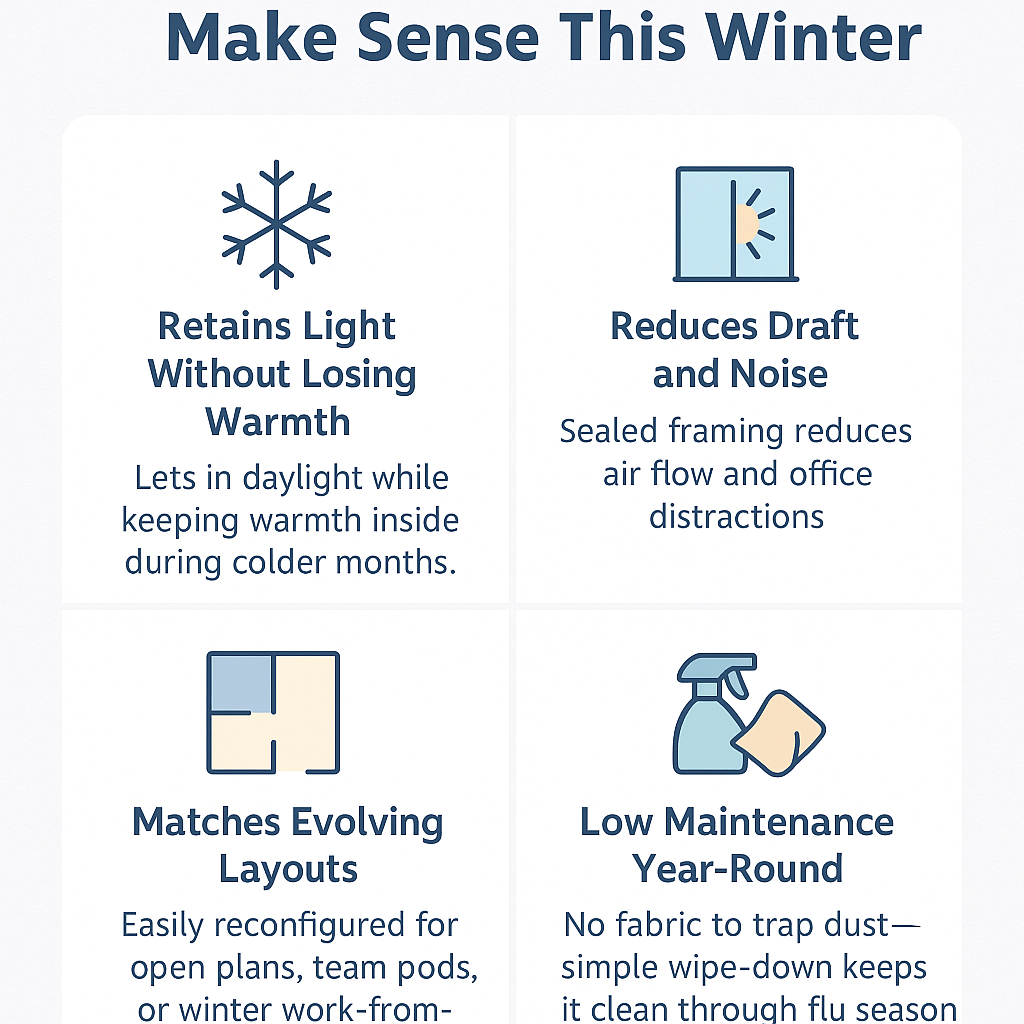
Creating space without compromising warmth
One concern in winter is maintaining comfort, and yes, glass can feel cold in some settings. But modern glazing and fit-out techniques address this head-on. When selecting materials, opting for toughened glass in office fit-outs adds a layer of thermal resilience that supports both safety and temperature stability.
In fact, many office managers use glass partitions to section off breakout areas or quiet rooms without blocking heating circulation. These semi-private zones benefit from:
Retained ambient heat across shared areas
Unobstructed airflow from reverse-cycle systems
Visual transparency that avoids claustrophobia
Strategic placement to separate draft-prone entryways
Glass doesn’t steal warmth — it redistributes it. And when used alongside carpet tiles, soft furnishings, or under-desk heating, it becomes part of a layered, energy-smart office design.
Where glass partitions make the biggest impact
Not every office needs a full remodel to benefit from partitions. Often, the right application in a targeted zone can dramatically shift how the space is used and experienced, particularly in the winter quarter.
Key spots for installation include:
Between reception and main work areas – preserving openness while blocking cold drafts
Boardrooms or meeting zones – enabling privacy without walling off light
Private offices – maintaining acoustic separation with visual flow
Breakout rooms – perfect for quiet, reflective areas during winter
This approach suits both new fit-outs and incremental upgrades. Many custom office partition designs now come with modular flexibility, allowing businesses to reconfigure layouts without demolition.
Durability, safety, and compliance
In Australia, safety standards for building materials are tightly regulated — and rightly so. Using tempered or toughened glass in office fit-outs not only meets compliance benchmarks but ensures that your partitions are safe in the event of accidental impact.
Why this matters in winter:
Slippery floors and heavier clothing can increase the risk of bumps or falls
Fogged glass can reduce visibility if not maintained
Dry indoor air may require anti-static treatments for some finishes
Reputable suppliers offer a range of certified options that align with NSW Fair Trading regulations and construction codes — from frosted panels for privacy to fully transparent walls for maximum visibility.
Keeping teams connected while creating boundaries
Open-plan layouts have long been praised for collaboration, but in winter, they can become noisy, distracting, or even draughty. The challenge is creating separation without sacrificing cohesion.
Glass walls provide that middle ground. You can:
Muffle sound without blocking light
Foster individual focus without isolating staff
Maintain visual contact across departments
Improve the line of sight for safety and communication
This balance is why architects increasingly lean on glass room partition systems in shared work environments, especially during winter, when mood, concentration, and structure need a boost.
Low maintenance and long-term benefits
From a maintenance standpoint, glass is hard to beat. Winter often means more mess — wet floors, muddy footprints, fogged-up windows. But with the right finish, your partitions can remain crystal clear with minimal effort.
Winter-specific maintenance benefits:
Quick wipe-downs remove condensation and smudges
Antimicrobial coatings reduce germ spread during cold & flu season
Toughened glass resists chipping, warping, or discolouration
Long-term savings from durability vs. plasterboard replacements
Combined with quality seals and aluminium or stainless steel frames, glass becomes a clean, smart option for high-traffic office areas during winter and beyond.
Style and flexibility in design
One underrated benefit of glass is how well it works with evolving decor. Unlike painted walls, which can date or peel, a glass partition is timeless — and easily updated with frosting, decals, or adjustable tints. Many modern office wall designs now favour this flexibility, allowing spaces to evolve visually without the need for structural changes.
Popular design options:
Floor-to-ceiling panels with slim framing
Frosted glass for privacy in HR or finance departments
Sliding or hinged doors for versatile access
Curved glass for contemporary corner rooms
In seasonal transitions, this flexibility helps office spaces adapt. As winter shifts to spring, natural light increases, and your glass partition layout continues to support productivity and comfort, without a full redesign.
Real-life stories from Sydney workplaces
One client in Surry Hills installed glass partitions in a narrow warehouse conversion — not for trendiness, but to deal with a cold, dark central corridor. By dividing the space with frosted glass, they created meeting pods that stayed warm thanks to ducted heating, yet still shared light from the northern windows.
Another example: a startup in Parramatta added a bi-fold glass wall between their breakout zone and workspace. During colder months, they keep it closed to retain warmth. In warmer weather, they fold it back and let the whole office breathe.
The real success? Staff report feeling more “together” even when spread across zones — all thanks to a simple, well-placed partition.
Final thought: thoughtful design beats winter drag
Glass partitions do more than look sleek. They support a better workflow, balance light, improve comfort, and reduce winter gloom — all without the noise of hammers or dust from drywall.
So if your Sydney office feels tight, dark, or disconnected this winter, a smart glass solution might be the most seamless change you can make.

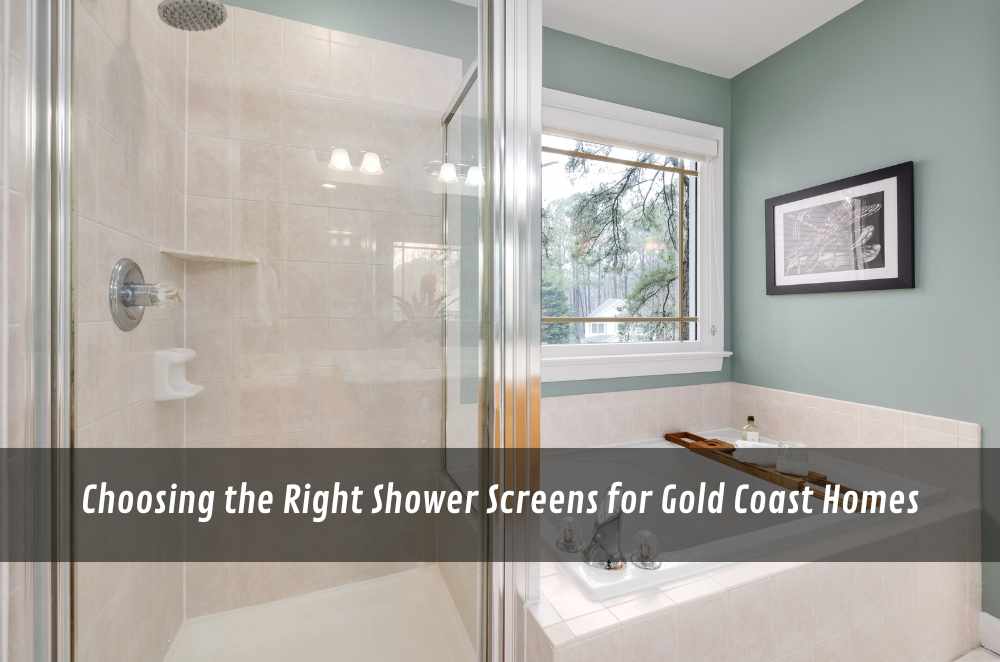
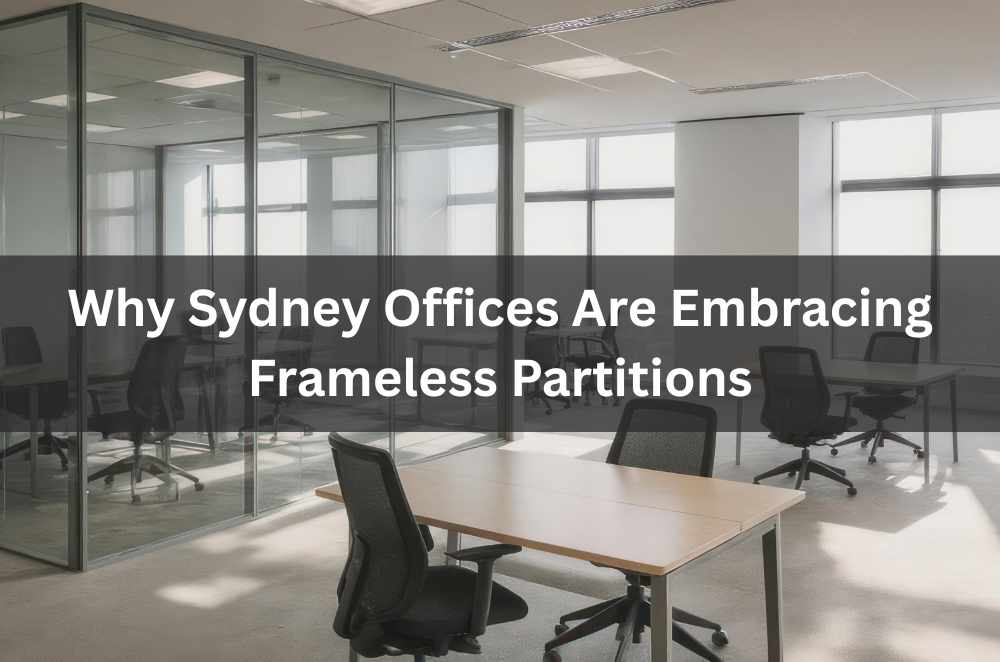
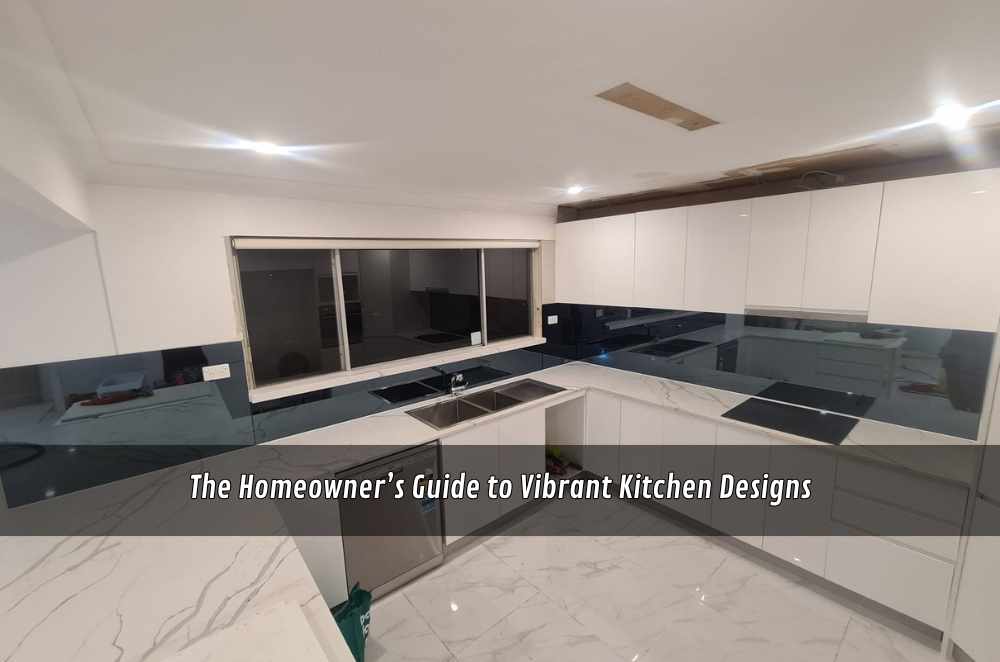
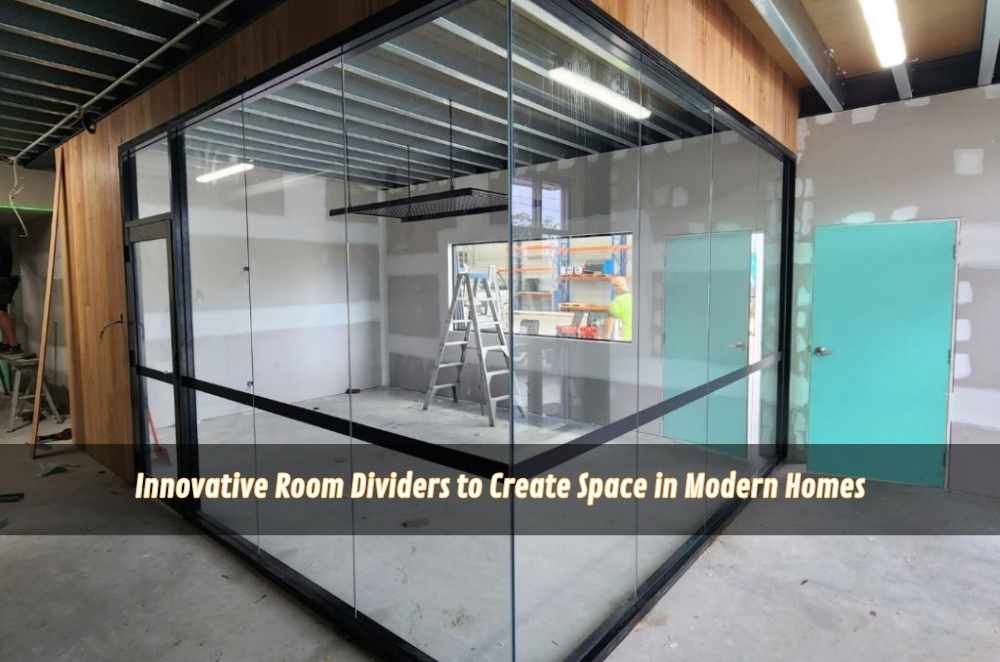
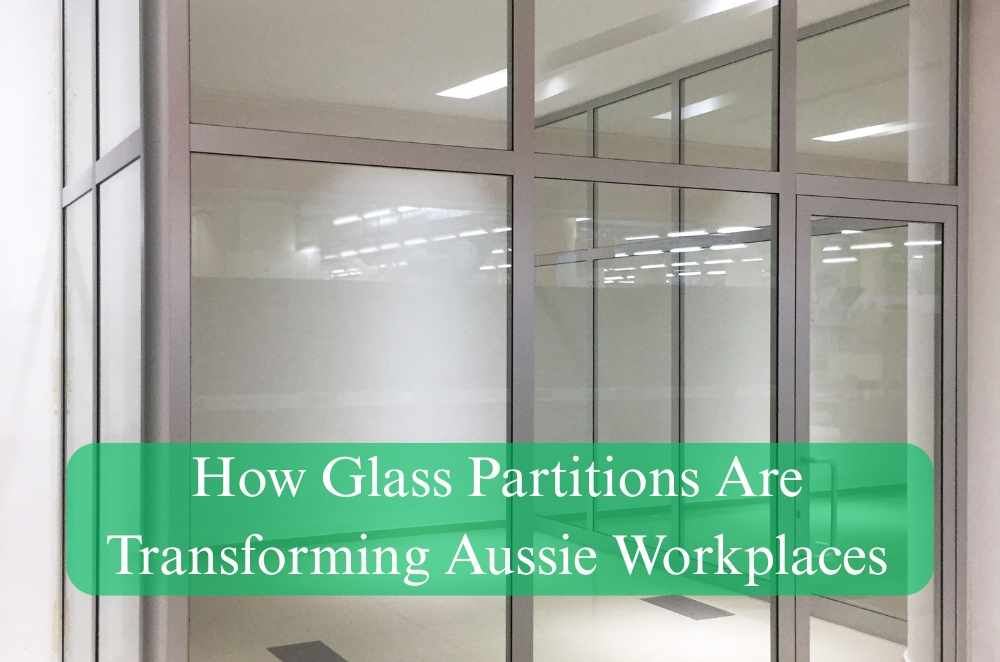







Write a comment ...